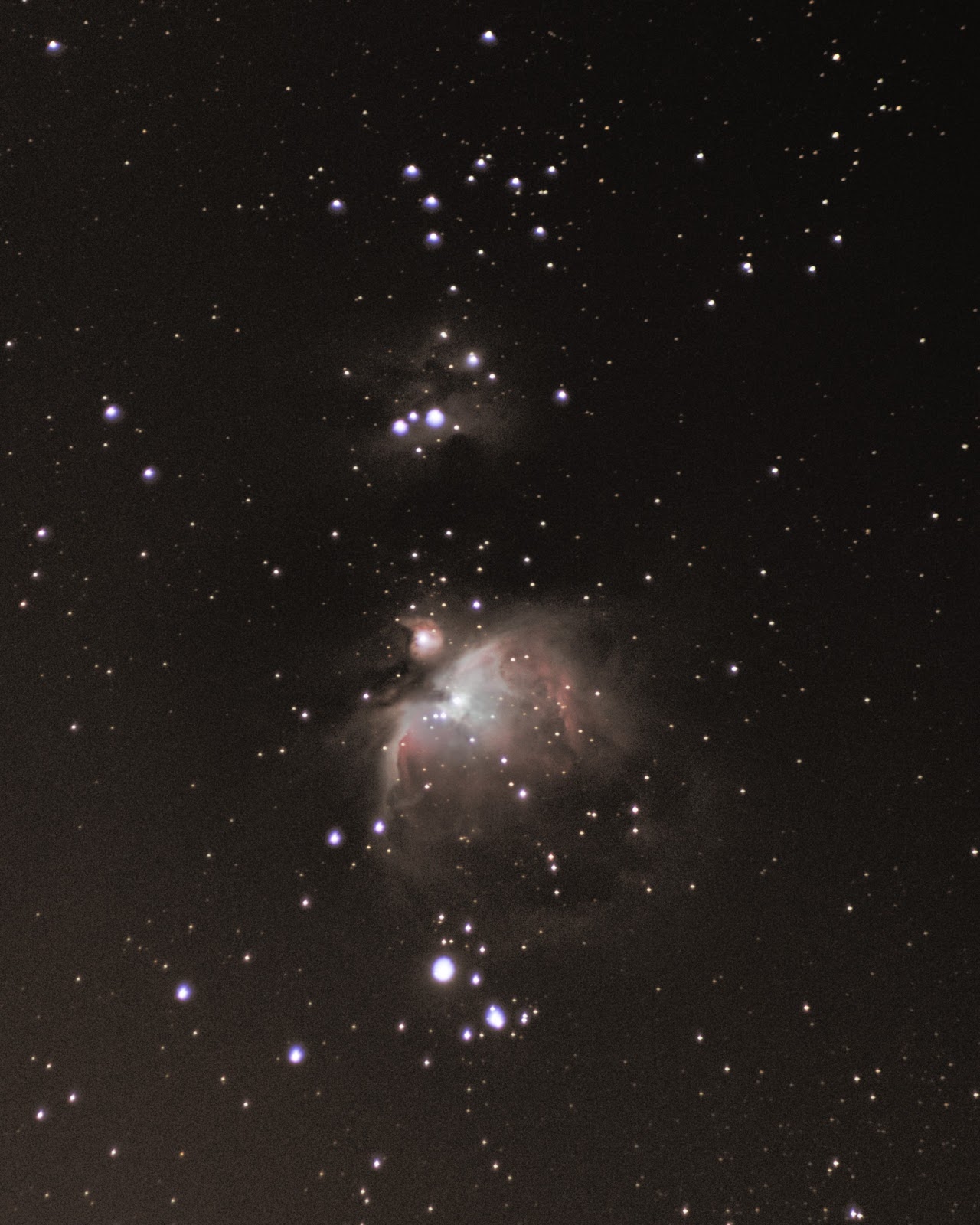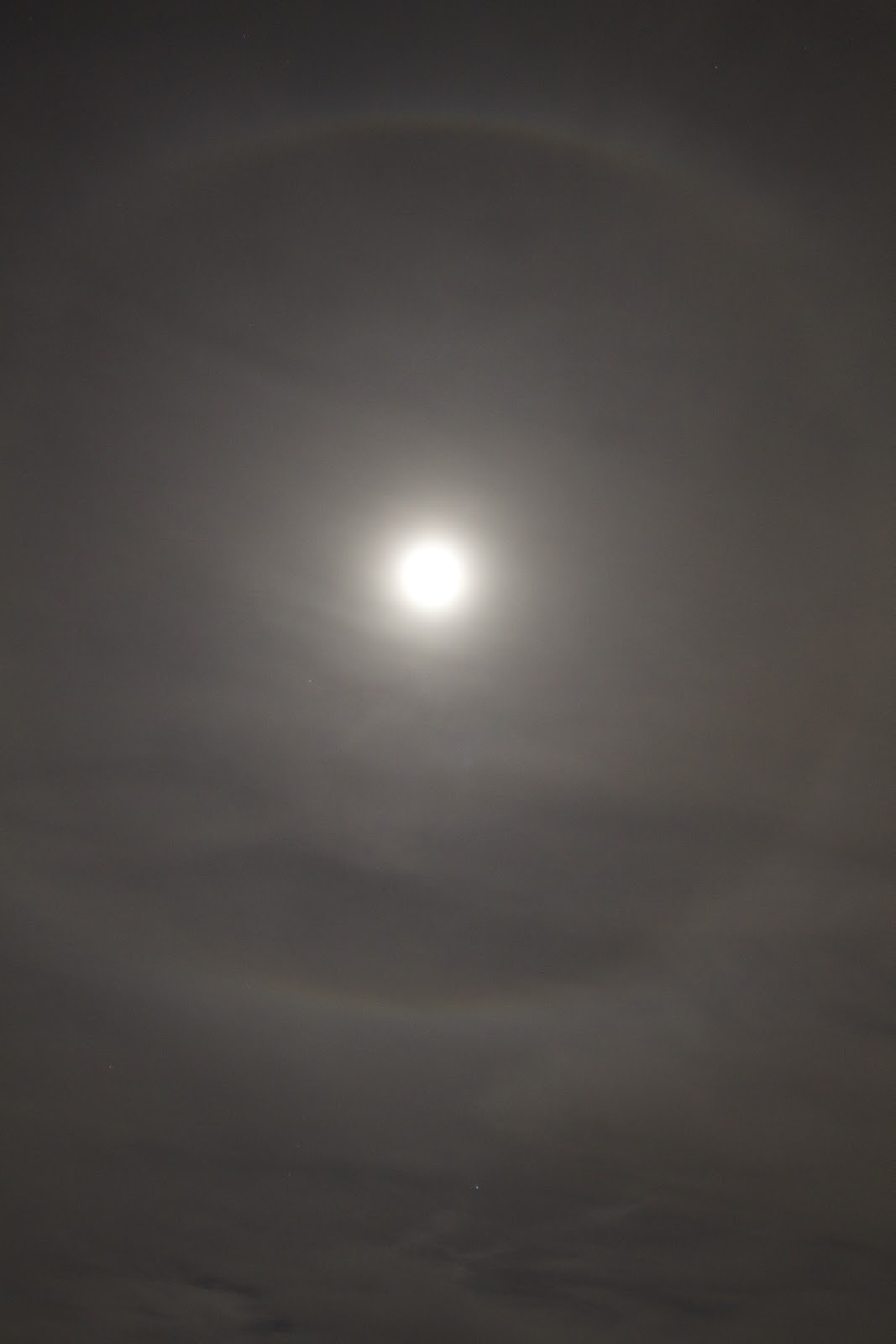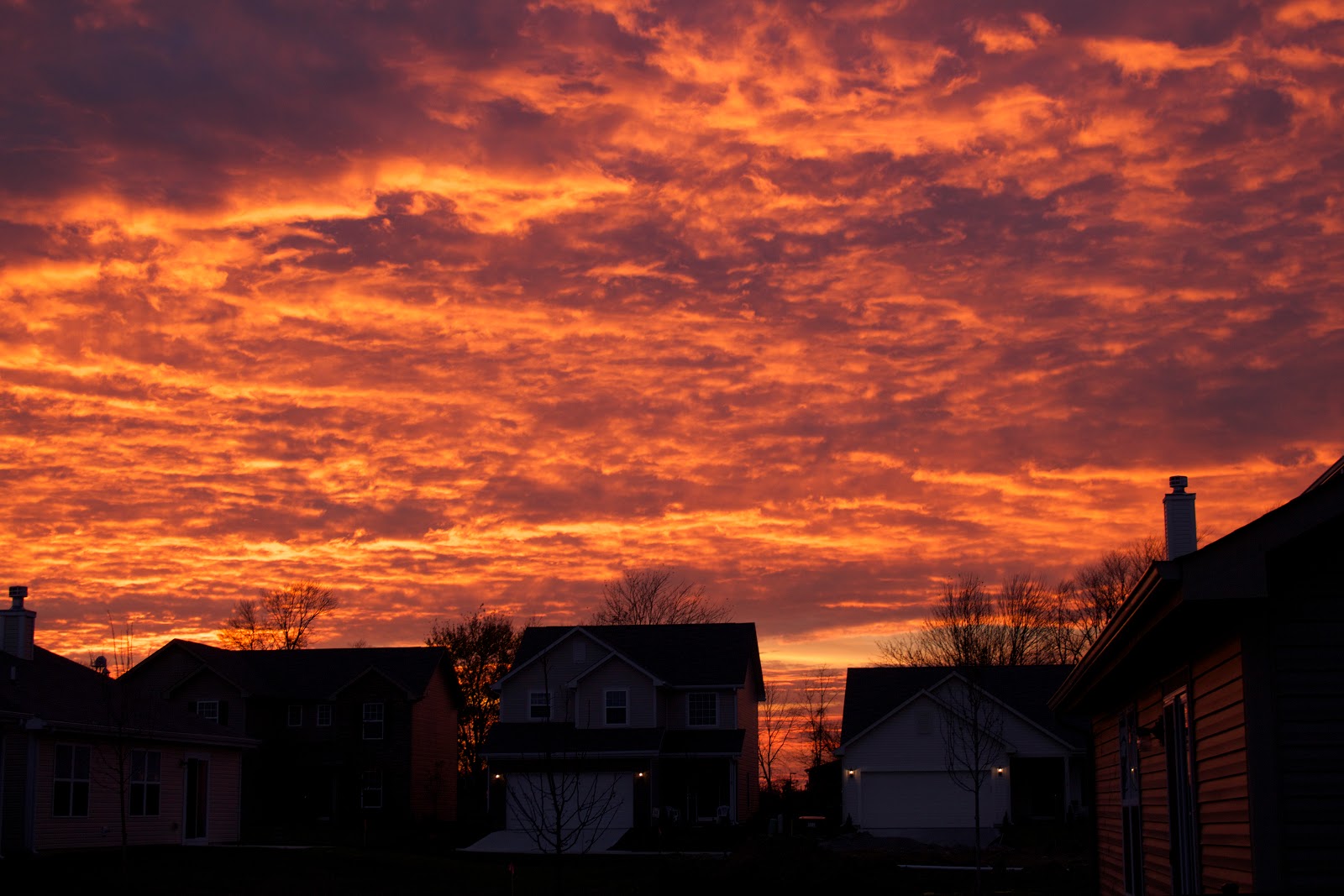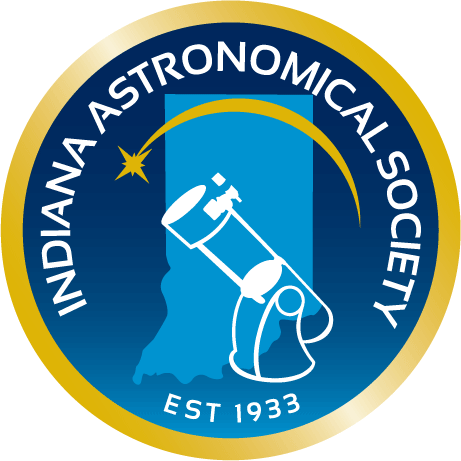Phil Dimpelfeld from the
Indiana Astronomical Society
creates a Novice/Urban Observing List each month for newbies like
myself with not-so-dark skies and not-so-powerful equipment. Phil splits
the list into different levels based on difficulty. Level 1 objects are
relatively easy to find, and Level 2 and 3 are fainter and therefore
more challenging to spot. To complete the monthly challenge, you must
observe at least 6 objects regardless of the difficulty level.
I haven't done an observing list challenge since
June when we were busy getting ready to move and getting set up in the new house. But now that the nights are getting longer and my schedule is calming down a bit, I think I can get back into it - especially since M31 is on the list and I've been meaning to take a longer stack of Andromeda since
testing my motorized mount with only 14 light frames a few months ago.
LEVEL 1
M31, the “Andromeda Galaxy”, 00h 42.7m, +41° 16', mag = 4.4, size = 180' x 63' (can be seen with binoculars!)
Eta Cassiopeiae, double star in Cassiopeia, 00h 49.1m, +57° 49', mag = 3.4, 7.5, sep = 12”
Psi 1 Piscium, double star in Pisces, 01h 05.6m, +21° 28', mag = 5.6, 5.8, sep = 30"
NGC 457 (Caldwell 13), the “E.T.” Cluster, open cluster in Cassiopeia, 01h 19.1m, +58° 20', mag = 6.4, size = 13.0'
Gamma Arietis (”Mesartim”), double star in Aries, 01h 53.5m, +19° 18', mag = 4.8, 4.8, sep = 7.8”
NGC 752, open cluster in Andromeda, 01h 57.8m, +37° 41', mag = 5.7, size = 50.0'
LEVEL 2
M32, satellite galaxy to M31, 00h 42.7m, +40° 52', mag = 9.0, size = 8’ x 6’
NGC 663 (Caldwell 10), Open Cluster in Cassiopeia, 01h 46.0m, +61° 15′, mag = 7.1, size = 16’ (How did Messier miss this one?)
Uranus, planet currently in Pisces, 00h 49m, +04° 33’, mag = 6.1, size = 3.7”
LEVEL 3
M110, satellite galaxy to M31, 00h 40.4m, +41° 41’, mag = 10.0, size = 17' X 10'
M33, the “Triangulum Galaxy”, 01h 33m, +30° 39’, mag = 5.7, size = 73’
x 45’. (Best seen from a dark site; hard to see in light polluted
skies due to its large size/low surface brightness. Try looking with
15x70 binoculars!)
M76, the “Little Dumbbell Nebula”, planetary nebula in Perseus, 01h 42.4m, +51° 34′, mag = 10.1, size = 163” x 107”
NOTES:
Note that the surface brightness of M110 is much fainter than M32,
although these two satellite galaxies have the same magnitude. Tip:
study the photographs of M31 to locate M32 and M110 relative to the core
of M31. It will be easier to find M110 if you know the general area to
look in. Moving the scope makes it easier for your eye to pick up this
faint object.

































